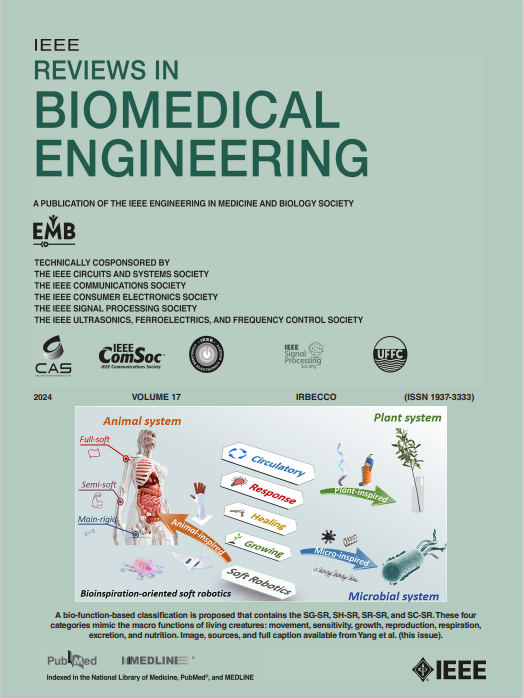A Manual for Genome and Transcriptome Engineering
IF 17.2
1区 工程技术
Q1 ENGINEERING, BIOMEDICAL
引用次数: 0
Abstract
Genome and transcriptome engineering have emerged as powerful tools in modern biotechnology, driving advancements in precision medicine and novel therapeutics. In this review, we provide a comprehensive overview of the current methodologies, applications, and future directions in genome and transcriptome engineering. Through this, we aim to provide a guide for tool selection, critically analyzing the strengths, weaknesses, and best use cases of these tools to provide context on their suitability for various applications. We explore standard and recent developments in genome engineering, such as base editors and prime editing, and provide insight into tool selection for change of function (knockout, deletion, insertion, substitution) and change of expression (repression, activation) contexts. Advancements in transcriptome engineering are also explored, focusing on established technologies like antisense oligonucleotides (ASOs) and RNA interference (RNAi), as well as recent developments such as CRISPR-Cas13 and adenosine deaminases acting on RNA (ADAR). This review offers a comparison of different approaches to achieve similar biological goals, and consideration of high-throughput applications that enable the probing of a variety of targets. This review elucidates the transformative impact of genome and transcriptome engineering on biological research and clinical applications that will pave the way for future innovations in the field.基因组和转录组工程手册》。
基因组和转录组工程已成为现代生物技术的有力工具,推动着精准医学和新型疗法的进步。在这篇综述中,我们全面概述了基因组和转录组工程的当前方法、应用和未来方向。借此,我们旨在为工具选择提供指导,批判性地分析这些工具的优势、劣势和最佳使用案例,为它们在各种应用中的适用性提供背景资料。我们探讨了基因组工程的标准和最新进展,如碱基编辑和质粒编辑,并深入分析了功能改变(敲除、缺失、插入、替换)和表达改变(抑制、激活)情况下的工具选择。此外,还探讨了转录组工程的进展,重点关注反义寡核苷酸(ASO)和 RNA 干扰(RNAi)等成熟技术,以及 CRISPR-Cas13 和作用于 RNA 的腺苷脱氨酶(ADAR)等最新发展。这篇综述对实现类似生物学目标的不同方法进行了比较,并考虑了能够探测各种靶标的高通量应用。本综述阐明了基因组和转录组工程对生物研究和临床应用的变革性影响,这将为该领域未来的创新铺平道路。
本文章由计算机程序翻译,如有差异,请以英文原文为准。
求助全文
约1分钟内获得全文
求助全文
来源期刊

IEEE Reviews in Biomedical Engineering
Engineering-Biomedical Engineering
CiteScore
31.70
自引率
0.60%
发文量
93
期刊介绍:
IEEE Reviews in Biomedical Engineering (RBME) serves as a platform to review the state-of-the-art and trends in the interdisciplinary field of biomedical engineering, which encompasses engineering, life sciences, and medicine. The journal aims to consolidate research and reviews for members of all IEEE societies interested in biomedical engineering. Recognizing the demand for comprehensive reviews among authors of various IEEE journals, RBME addresses this need by receiving, reviewing, and publishing scholarly works under one umbrella. It covers a broad spectrum, from historical to modern developments in biomedical engineering and the integration of technologies from various IEEE societies into the life sciences and medicine.
 求助内容:
求助内容: 应助结果提醒方式:
应助结果提醒方式:


